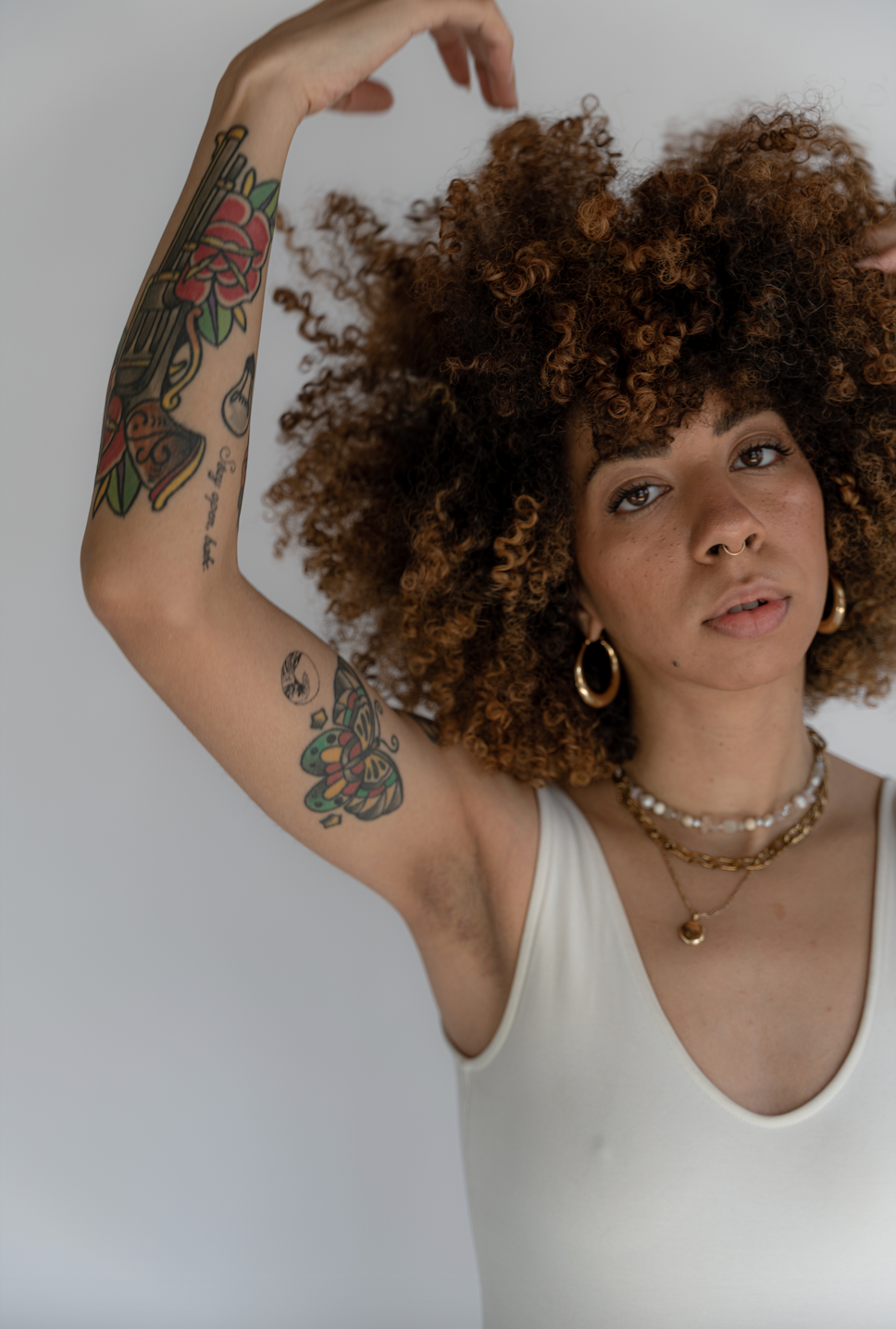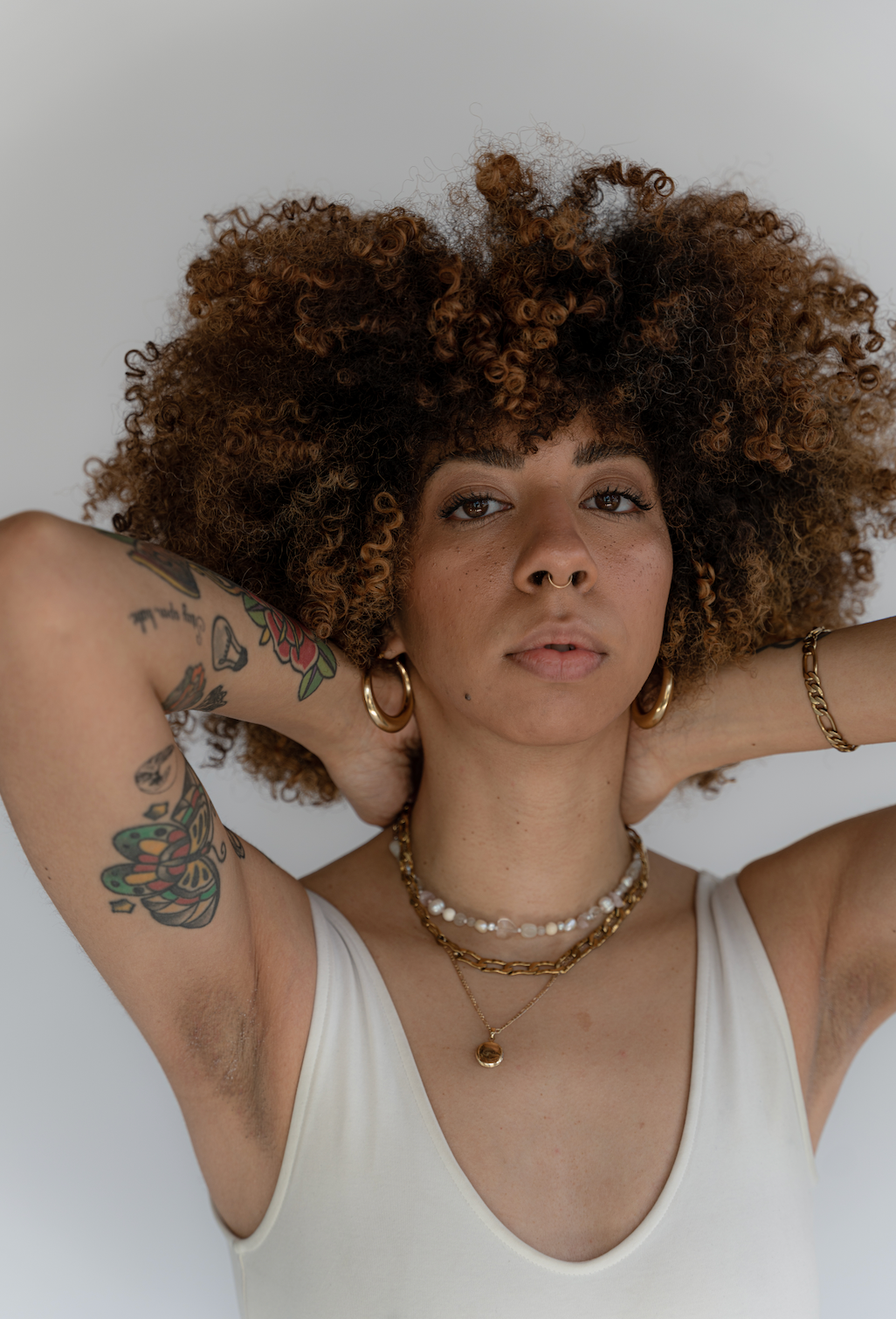What is porosity
Porosity is the relationship of your hair with water. In other words, your hair's ability to absorb moisture. This is based on your cuticle layer and its ability to open and absorb water.
The Levels of porosity
Low porosity: the cuticle shaft is closed making it hard for the cuticle to absorb moisture. In low-porosity hair, the cuticle layers tend to overlap, causing the cuticle to lay flat and sealed shut. Some characteristics of low-porosity hair are the following: your curls may take longer to dry, hair products tend to sit on the hair, where your cuticle does not absorb the products easily and water-based conditioners are recommended to avoid the hair being weighed down.
Medium porosity: the cuticle shaft is slightly open, allowing some moisture to be absorbed and retained. The cuticle layer of medium-porosity hair is slightly open, which encourages a balance of moisture entering and leaving the hair follicle. Some characteristics of medium-porosity hair are the following: holds styles relatively well, doesn't take long to dry, and occasional/minimal treatments are required.
High porosity: the cuticle shaft is completely open, making it easy to absorb/difficult to maintain moisture. Characteristics of high porosity hair are the following: looks and feels dry, dries fast, absorbs product quickly, and deep conditioning is encouraged.
How to determine your level of porosity
There are a few options to determine your porosity type:
The water Test: widely discussed, the water test suggests putting a strand in a glass of water. if the strands floats: high porosity hair. However, if the strand sinks; low porosity.
It is important to note that this isn't always truthful. Hair density can also play a part in whether the strand sinks or floats (i.e.: fine hair can float vs denser strands would sink).
Another way of determining your porosity type is the Side Test. By holding one strand of hair, slide finger and thumb up the hair strand. if your strand feels smooth, you most likely have low-porosity hair. If the strand feels bumpy, you most likely have high-porosity hair.
The importance of water
Water is the number one source of moisture. Through conversations with TK, textured hair educator, we have established that a lot of people were not utilizing water enough when styling their hair.
Additionally, when building a hair care regimen, it's important to make sure your hair is hydrated (i.e. removing buildup/detoxifying your strands). Also, when styling, make sure your hair is hydrated enough before adding products.
Finding the right products
Trial and error.
Unfortunately, there is no secret formula to finding the right products for your hair. it's all about what your hair needs.
Give it about a month: When trying new products, your hair may need a bit of time to adapt to a product. test it out a few times to see how your curls react.



